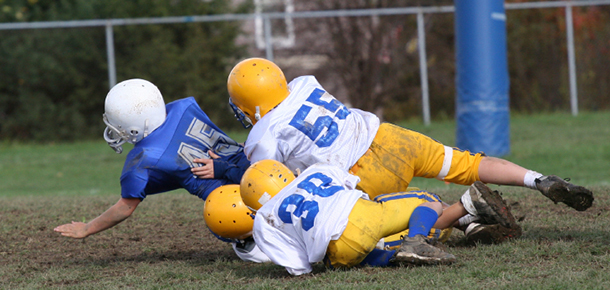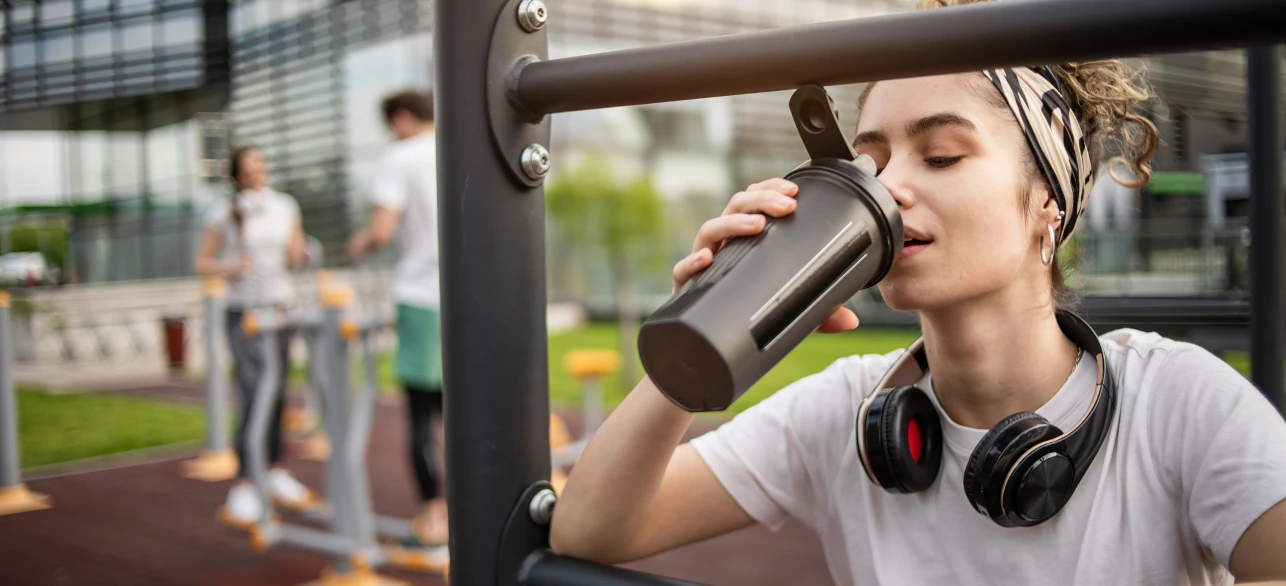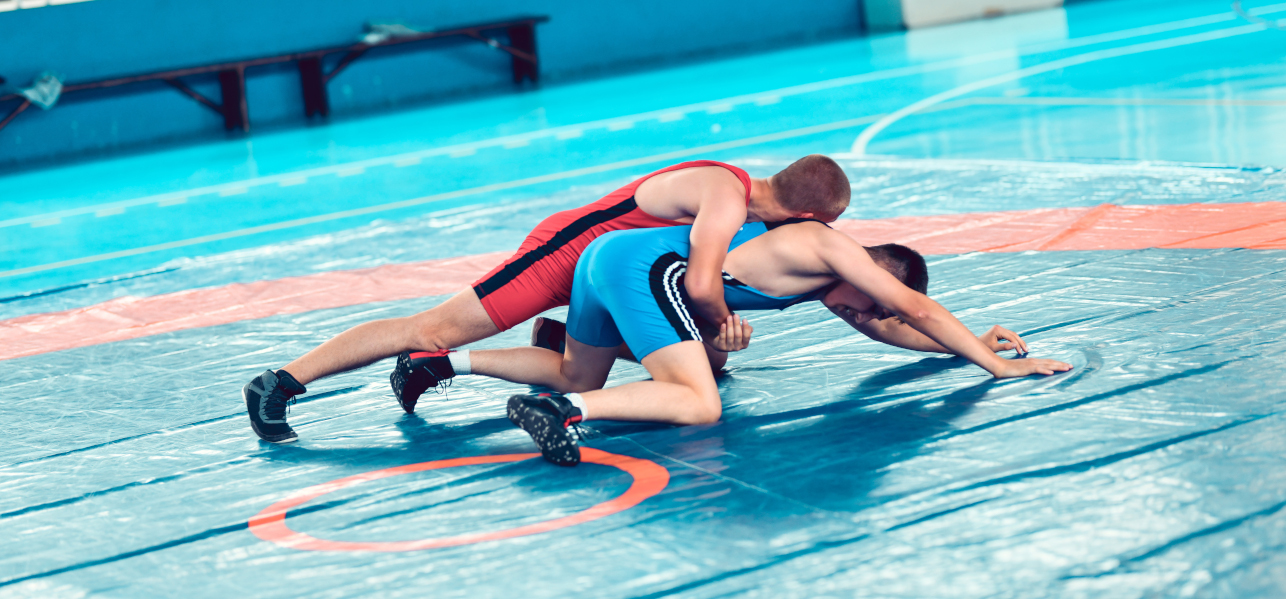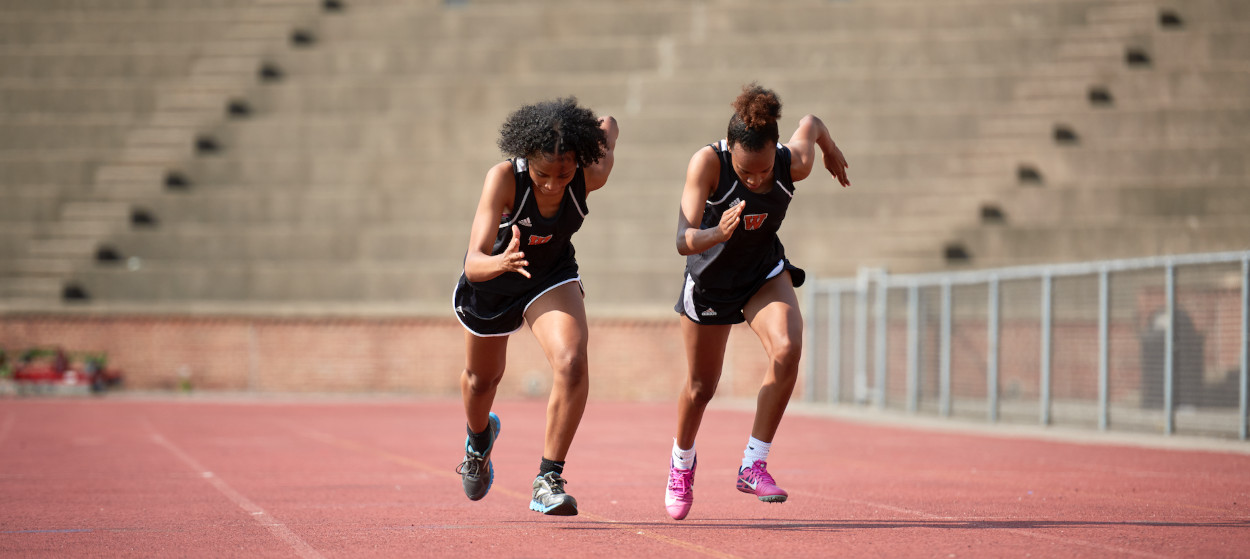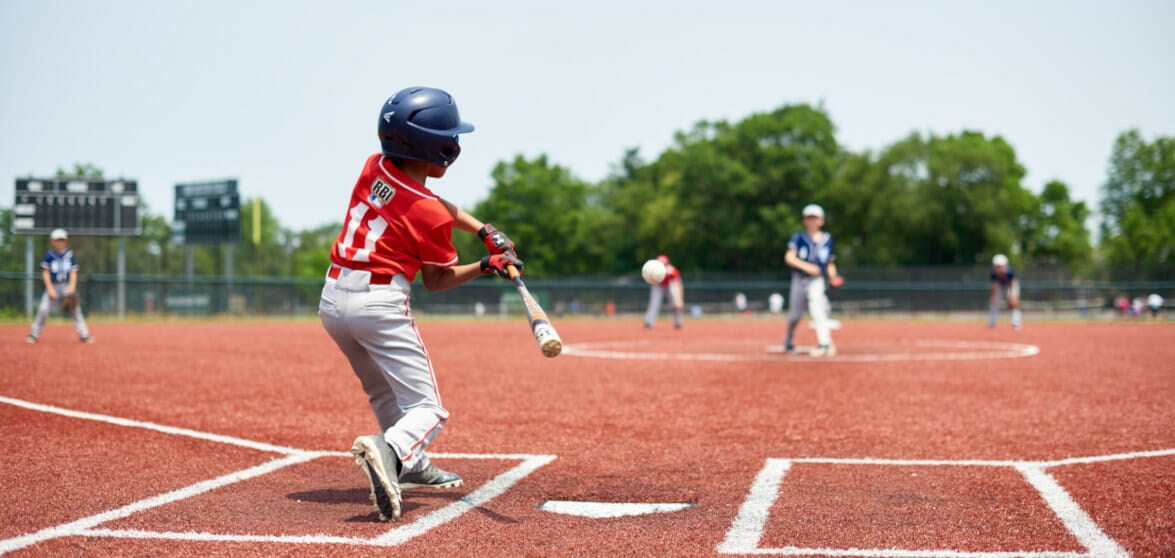Fall sports are in full swing and many youth football players are hitting the field and learning the ins and outs of the game. With this high contact sport, a common sports injury follows. Acromioclavicular Separation or AC sprain is also called a “shoulder separation.” It occurs when there is trauma/injury to one of the ligaments that holds the clavicle (collarbone) to the scapula (shoulder blade). Most AC sprains do not require surgery but do respond best to a period of rest so those injured ligaments can heal. At Cincinnati Children’s, physicians and athletic trainers with the Sports Medicine team see this type of injury most often from a blow to the point of the shoulder or from a fall.
Signs of shoulder separation
- Pain immediately when injury occurs
- Impaired movement of the shoulder – especially any overhead motions
- Swelling
- Bruising
- Point tenderness over the AC joint (top of the shoulder)
- Possible deformity – it may appear that the end of your collarbone is sticking up higher
The first step in a diagnosis is obtaining a medical history. The physician or athletic trainer asks how the injury occurred and the symptoms that followed. Next, a physical exam takes place. The physician or trainer feels the bones and the area around the shoulder and sees how it compares to a healthy shoulder.
Classifications of Shoulder Separation
AC separations are typically classified by grade which refers to the severity of injury.
Grade 1 is the most common type of AC injury and generally means there is a small tear to the acromioclavicular ligament.
Grade 2 is more severe and results from a complete tear of the acromioclavicular ligament. The coracoclavicular ligaments may be slightly torn but overall intact. With a Grade 2 injury you may start to see the end of the collarbone is slightly raised.
Grade 3 is the most severe where both the acromioclavicular and coracoclavicular ligaments are torn. With this injury you will see a definite “bump” on the shoulder as the end of the collar-bone is no longer held in place.
Treatment
In most cases, this injury is treated conservatively and without surgery. Ice should be applied to help reduce pain and swelling. The shoulder will usually be immobilized in a sling initially. Once pain has begun to subside, rehabilitation exercises can be started to restore strength and motion to the shoulder. Return to activity depends on the grade and may range from 2 weeks (Grade 1) to upwards of 12 weeks (Grade 3).
At Cincinnati Children’s, we are available help your young athlete and to answer your questions. To make an appointment or speak with a staff member, please contact our Division of Sports Medicine.

